Q&A with Greg Koch
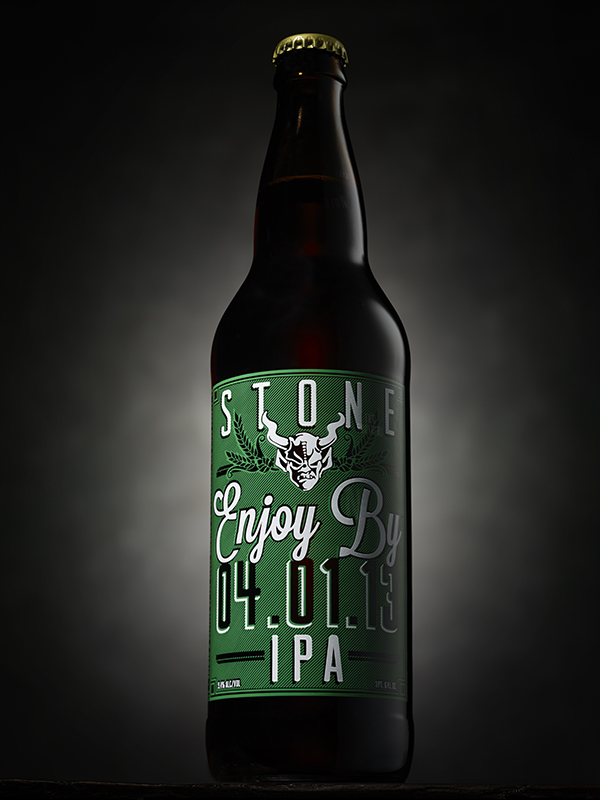
Q: Do you remember your first beer?
A: I had found a couple of beer cans, full, in an empty lot or something.
Q: This was when you were about?
A: Fourteen, probably 13. I nervously snuck it, and I put it in the rafters, the eves of the garage in my home and thought about it, probably, nervously, for a couple of weeks. So eventually my buddy and I, we were sneaking, fearing getting caught, we tried it. And it just tasted awful.
Q: That’s probably most people’s first experience with beer. But then, you were in L.A. many years later, went to some club, and had a great beer?
A: It was not a club really, it was a dive bar, kind of punk. They played a lot of punk and alternative stuff on stage, it was a very small place. It was called Al’s Bar, and they had a beer called Anchor Steam on tap, classic, California classic.
Q: Was that an epiphany in a way?
A: Yeah, absolutely. I had two reactions. One reaction was the elation, like ‘Wow, I didn’t know beer could taste like this. This is amazing!’ And my other reaction was I was angry. I was angry because I realized that all my previous beer-drinking years had been stolen from me by the lies of the “man” telling me that “other” stuff was beer. And now I knew better.
Q: What are your favorite beers other than your own?
A: It’s impossible to drill it down to favorites because there’s such a laundry list. There are so many awesome beers being produced today. And, of course, San Diego County is considered to be the world’s leading region for craft beer.
Q: Were you responsible for that?
A: I’d say we [Stone] were, partially, we certainly helped. We did our share.
Q: How did you help make this such a craft beer scene?
A: We were able to demonstrate to the other craft brewers of the region that going your own way, not following the trends of the day, and being bold could be successful business models. We weren’t the first to make a bold beer here and there, but we were one of the first to make that our focus, to make uncompromising, big character hoppy beers our focus. Stone’s West Coast style IPA has really become the gold standard around the world.
Q: What do you mean by that, the gold standard?
A: The West Coast IPA style is now the style that more and more brewers all over the world are brewing. It’s a particularly citrusy, hoppy, floral style of IPA, which is distinctively different from the more malty and mild British IPAs.
Q: Don’t people still think of imported beer as the “real” beer?
A: It was perceived for a long time that European beer was better than American beer. Here’s the fact: European crappy beer is better than American crappy beer. But who cares about crappy beer? So it depends on what you want to measure it against. When it comes to actual, real, traditional beer styles, Germany, unfortunately, has lost its brewing tradition, not entirely, but mostly. It’s the second cheapest country in Europe, behind the Czech Republic, for beer. It’s a commodity. It’s all a cheap commodity. Three years ago in Germany, you might have found a half dozen West Coast-style IPAs being brewed. You go there today and you’ll find dozens and dozens and dozens of West Coast-style IPAs. It’s transforming at an alarming speed, which is a beautiful thing. The traditional brewing countries are now looking to the United States for inspiration, and have been, for many years.
ANDREA NAVERSEN

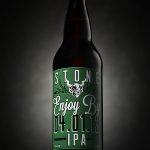
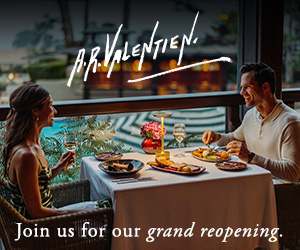
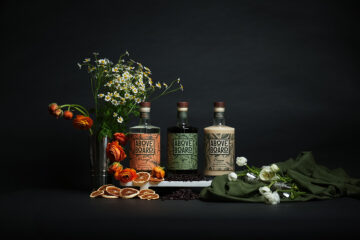
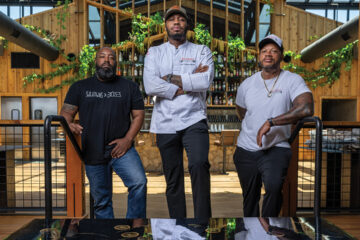


Comments